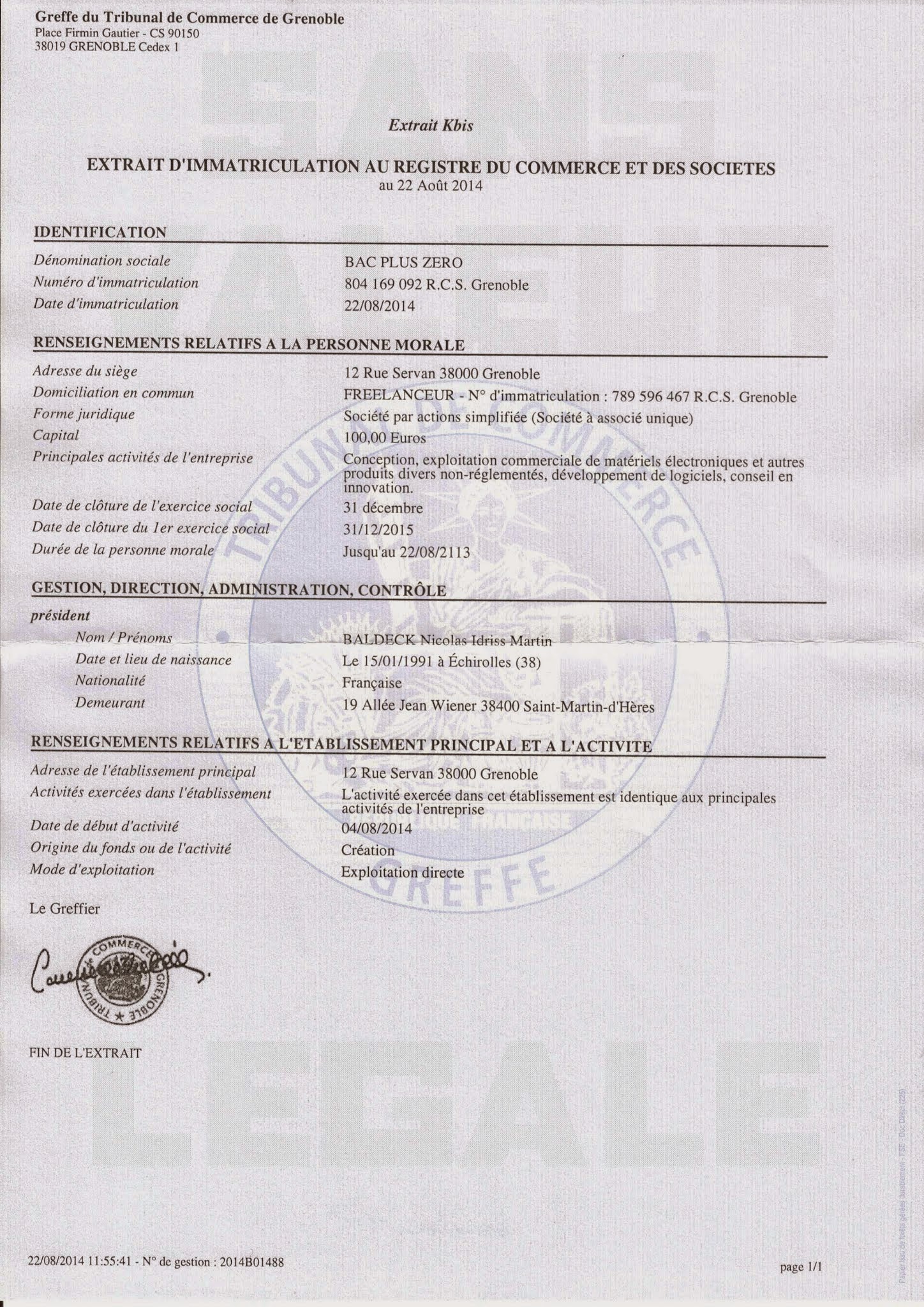
It's back to school!
The holidays are over. So here I am back at home, with my brand new satchel to go to school.
Sorry… I said “ school is a big word. You get it, I'm angry with this thing. Maybe it's because I didn't have Céline as wonder mistress:
Brief. Despite that, I have a well-laden back-to-school satchel. Because it seems that I did a crowdfunding campaign this summer. And that it will, suddenly, have to start to be accountable...
Tell me about your vacation
As you may have noticed, I haven't been very present on the internet at the end of the summer. In fact, as I was still poor at the time, I had to find something to eat (and especially bail out the overdraft dug by this project).
So I worked all summer as a sailing instructor. (it's also this job that inspired me for the Pioupious). I had brought all my electronics lab there, so I could keep moving forward.
In July, I almost succeeded in combining the two. But in August, I totally dropped the case. At some point, even with all the best will in the world, I remain a human who must sleep at least 3 hours a night. I am not able to last two months in mode " hackathon », combining a day job + an evening job + a minimum of personal life.
The good point is that now, for the first time in my life, I have worked enough to be entitled to employment center compensation.
And now I'm back home, freed from all my obligations other than the weather. So here we go again, full throttle!
Job interview
As a result, as it is the employment center that will feed me for the next four months, I had the first job interview of my life. It was a bit confusing, but the result is positive.
So we can say hello to Scott, the first employee of my company. Ba yes, I was still not going to have a job interview for it to be me who works!
Scott has just passed a DUT GEII (Electronic Engineering and Industrial Computing). He is on a pro micro-electronic license this year, and will be with me half the time as part of an apprenticeship contract. He's going to help me develop a Pioupiou that's even cooler than the current one. I will talk about it below.
So while pole employment is going to do the business angel by financing me to eat, I pay my salary to Scott to be able to move forward faster.
That's it I'm tall
What is this paper? This is a K-BIS extract.
It is the identity card of my company " Bac Plus Zero » . Which implicitly means that now it exists! So that's it I'm big, serious things can begin.
You will notice the magnificent amount of share capital: €100. I was very rich at the beginning of July.
Back-to-school timetable
It's Friday, that means I've been home for a week already.
I haven't been thatched, but there's still a lot of work to do:
☑ recruit a work-study student to help me
☑ find a place " labo R&D to leave mom's kitchen alone
☑ finalize the opening of the bank account
☑ find an accountant
☑ prepare my trips at the end of September
☑ make this blog post to keep you updated
☑ " position paper to guide the Cabinet Office UK in open weather data
☐ respond to emails – in progress
☐ make KissKissBankBank invoices
☐ preparing for the Coupe Icare
☐ modify and send back the first prototypes
☐ prepare my meeting with Météo-France
☐ set up the online sales site
☐ respond to the consultation of MeteoSwiss for the revision of the law on meteorology.
☐ go to the doctor because after a week of keyboarding the tendonitis comes back
I'm going to speed up to get this all over in a week. But tomorrow is weekend and the weather is nice (= it flies), so Paragliding to breathe. We will resume all this quietly on Monday.
Because the following is sporty:
– 15-16 September: in Paris, meeting “ opendata with the Deputy Director of Météo-France
– September 17-21: Icarus Cup
– 24-25 September: in Italy, meeting with ECOMET – the GIE of European national meteorological services
– October 28 to 3: Conference in Budapest. I give a talk there: Using BOINC for building the « wikipedia » of real-time weather forecasting »
I don't know why, but chance makes it all happen at the same time. Glad the dates don't overlap. Phew.
So after all that, back to the lab. I have a lot to unpack – and I will have an assistant to help me. Cooool!
To do or not to do
I find myself in a terrible dilemma...
I have a product running. There were a few bugs but now seem to be fixed. So I can calmly start thinking about production.
EXCEPT THAT ! I said during the campaign, about the current product:
However, I cannot guarantee that the sensor withstands the extreme conditions of the high mountains. I'm selling it for plain and seaside use. You'll have to test it yourself.
Honestly, it sucks as a sentence. I really wish I could tell you that:
This product is puncture-proof, and can survive years in extreme environments under sea spray and on top of a mountain.
So obviously, you're going to tell me that for €199 you can't have everything.
So I have two possible strategies:
– either we are satisfied with the existing one, I deliver quickly and well done, I have done my job and everyone is happy.
– or we all start working together to try to push back the limits of what already exists. Objective: to make an anemo that lasts without any maintenance for 10 years, still at 199 € including tax.
Personally, I find the second option super exciting, even though it's going to require a lot more work on my part. We have until March. It leaves us a little time, but we must not drag.
And that's fine. Because this summer, spending my days on the water didn't stop me from thinking about it...
I ignore therefore I innovate
We start by looking at what is commonly done in the industry:
– anemometer which counts the revolutions with a THE S (magnetic switch)
– wind vane that activates a potentiometer or an optical sensor
EXCEPT THAT !
– ILS are not reliable. Especially when there is a storm: the blades stick together with the lightning.
– The tracks of the potentiometers become dirty and wear. Imagine the volume button on your hi-fi system, which we would manipulate 24 hours a day. How long would it last?
– The optical sensors are distorted by salt and dust.
– Ball bearings wear out and oxidize.
(Thanks to Jean-Louis from Winds-up / Baston.fr for its 25 years of experience in the field)
Conclusion: we forget everything, and we start from scratch.
Let's remove everything that can wear out. The fewer mechanical parts, the better off.
Nobel Prize
The first thing to do is to get rid of the ILS.
And that's pretty good, because a certain French researcher Mr Albert Fert, and his German counterpart received the Nobel Prize in Physics in 2007 for having discovered the giant magnetoresistancee.
I remember, I was at Vizille high school that year, and we visited theLouis Neel Institute as part of something like Science Days. In this Grenoble lab, they are experts in the matter, and a researcher had tried to explain to us why giant magnetoresistance was so cool. Obviously, no one in the class had understood anything. There were lots of complicated words like " spintronics ».
(well, I admit – I did do some cool stuff in school anyway, and the teachers were generally good)
All I remembered was that it was probably a great thing since it deserved the Nobel Prize, and it's also thanks to that that we now have cheap hard drives on which we can put 1TB of pirated films and Valérie's super book.
Imagine my enthusiasm when I saw that we could put that in my Pioupious.
In short:
☑ permanently abandon ILS
☑ replace with a GMR sensor
Some will say to me: But you could put a hall effect sensor! »
Except that, have you ever seen the consumption of a hall effect sensor? It's gigantic: several milli-amps!
The beauty of giant magnetoresistance is precisely that it is very sensitive and does not consume anything. For example, NVE has a range of Low Voltage Nanopower Digital Switches whose power consumption can go down to around thirty nano-amps! (under certain specific conditions, of course).
My weather vane makes magnetoresistance
And then even if it means playing giant magnetoresistance, we can push the vice much further…
Concretely: we need a simple, robust, inexpensive and waterproof way to measure the orientation of our wind vane.
Magnetoresistance still has the solution! He deserved this Nobel Prize!
We get it, it's great. But concretely:
– Place a magnet on the axis of the weather vane
– The magnetic field of the magnet interacts with a small 2,5 x 2,5mm chip named AAT001-10E. This is on the electronic card of the Pioupiou, well protected in the waterproof box.
– This magnetic field influences the resistors in the chip.
– And we get two pretty analog signals, representing the sine and the cosine of the angle
– A little bit of trigonometry (or the function atan2 for lazy geeks), and we directly find the orientation of our weather vane.
What is a weather vane used for?
But ultimately, do we really need a weather vane to measure the direction of the wind? It's a real question!
A weather vane means at least one ball bearing. A ball bearing is not good, it wears out and it costs money.
We had to wait until 1988. That year, when I hadn't even been born, Mitterrand had just been re-elected, we begin to be afraid of global warming, we discovered the famous giant magnetoresistance, but above all: a certain Christian BARBEAU filed a patent at the INPI entitled " System for combined measurements of wind speed and direction and other fluid ».
To conclude:
The invention relates to a device for simultaneous measurement of the force and the direction of a fluid.
It consists of an asymmetrical moving assembly, the angular position and instantaneous angular speed of which are constantly measured.
The deceleration and acceleration phases are interpreted by a programmed circuit which deduces the force and the speed of the fluid.
Translation :
We have an anemo of which one of the cups is different.
When the deformed cup is facing the wind, the rotation speed is slightly modified. By precisely measuring when the speed variations occur, we can deduce the direction of the wind. Simple but effective.
Wikipedia tells us that 3 years later, a certain Derek Weston would have invented the same concept, which he baptized " Rotorvane ».
His site is dead (http://home.alphalink.com.au/~derekw/ane/anemain.htm), and I couldn't find the gentleman.
But fortunately in the meanders of the internet, nothing is lost. Here is his site, pulled out of the closet: https://web.archive.org/web/20071028070220/http://home.alphalink.com.au/~derekw/ane/anemain.htm
The marine equipment manufacturer Raymarine industrialized the concept for its “ Rotavecta "
Le pattern partner has just expired, on August 26th!!! If that's not good...
This summer, the Danes of Vaavud launched a kickstarter campaign for an anemometer-vane based on the same principle of asymmetry:
In short, I am convinced that we can do without the weather vane. Especially since the famous angle sensor I mentioned above seems to be suitable for doing this.
Concretely, this would make it possible to make a Pioupiou with only one mechanical part: the ball bearing of the cups. We could therefore put an expensive and stainless bearing, ceramic type for a longer life.
It could look something like this:
But what are cups for?
We finally come to the end of the reasoning: what if we removed all the mechanical parts? No more bearings that wear out, no more cups that break.
Schematically, here is what it looks like:
It would work with ultrasound.
It's the same principle as sonars, or this kind of small modules " proximity sensors » well known to addictsArduino :
As I'm starting to get tired, I stick you the definition from Wikipedia:
Wind measurement is based on measuring the travel time of an ultrasonic wave. Two pairs of ultrasonic transducers are alternately transmitters and receivers of an ultrasonic wave train. The outward and return transit times are measured and we deduce therefrom, by frequency difference (following the principle of the Doppler effect), the wind speed along the axis formed by the two transducers. The advantage of this type of anemometer is to have no moving parts and to be able to measure a turbulent wind.
But I think Wikipedia's definition is wrong. I'm not sure if it's the doppler effect that we measure, but rather the travel time of the acoustic wave – accelerated or slowed down by the wind.
Short.
It's a very interesting technology. Commercial ultrasonic anemos are generally quite expensive.
But the patents dating from the 70s have expired, and it seems to me that the electronic part remains quite simple and affordable. It is exactly the same components as in the modules " proximity sensors which cost a few euros. Moreover, some do-it-yourselfers have already made it.
Homemade version:
http://hackaday.com/2013/08/21/ultrasonic-anemometer-for-an-absurdly-accurate-weather-station/
Slightly more academic version:
http://www.technik.dhbw-ravensburg.de/~lau/ultrasonic-anemometer.html
I think the complexity is mostly concentrated in the software processing. But as this product will be open-source, nothing prevents me from starting with an algorithm " a bit messy », then to improve it collaboratively to gain precision.
I just have a few more questions, especially regarding power consumption. But that can be resolved: Perhaps we don't need to measure constantly? Maybe one sample every second is enough? Thus the consumption can be greatly reduced. This is probably heresy by the metrological standards of theWMO, but for our use it may be fine.
I had said that I would study the question if the campaign reached €40. It stopped at 000. But hey, we're not going to quibble over €38. We're going to do this ultrasonic anemo, and that's it!
You filed a patent I hope?
Actually no. I probably could have. What for ?
I am convinced that the patent principle is obsolete. It costs a fortune, it takes time, and I will never have the means to attack the big multinational that is going to steal it from me.
Samsung infringed Apple's patents, it cost them 1 billion dollars in fines, but thanks to that they became the market leaders. It was a good strategy.
Moreover, the founder of Paypal just gave up to all the patents of his company Tesla Motors:
Technological leadership is not a matter of patents, which have proven time and time again in history to be scant protection against a specific competitor. Above all, it depends on a company's ability to attract and motivate the most talented engineers in the world. We believe that applying the open source philosophy to our patents will only strengthen rather than weaken Tesla's position in this area.
And anyway, by publishing this article I have just definitely given up my exclusivity on these " inventions ". I am absolutely not against the fact that someone exploits the ideas present on this page. On the contrary, it is flattering. Obviously, I would like people to say that the idea came from Pioupiou and that the data from the sensors be freely disseminated. But that, without patent I cannot oblige it.
In fact, I could have filed a patent, but only to force open data. With a license that would have looked like this:
This technology is freely usable, as long as sensor data is shared. If you don't share your data, you have to pay me a very expensive license for the exploitation.
With that, have a good weekend. I have a paraglider waiting for me, and work on Monday.
This article is a chapter in the history of Piou Piou, the first 100% autonomous and affordable sensor to measure the wind live, even where there is no electricity or internet.
If this project is close to your heart, you can give us the means to improve Pioupiou and invent the rest of his family. All donations collected will be assigned exclusively to the research and development budget.
You can also send us a check payable to Bac Plus Zero, 12 rue Servan, 38000 Grenoble. (attach a short note).

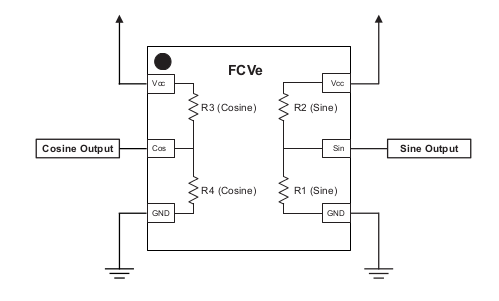
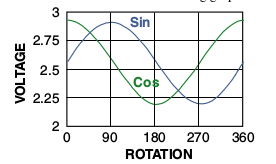

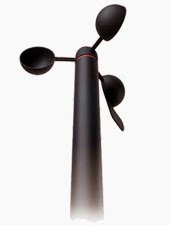
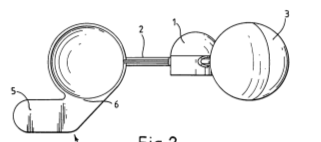
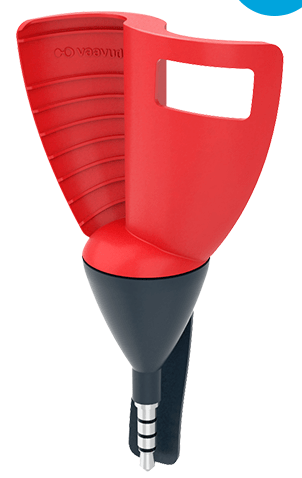
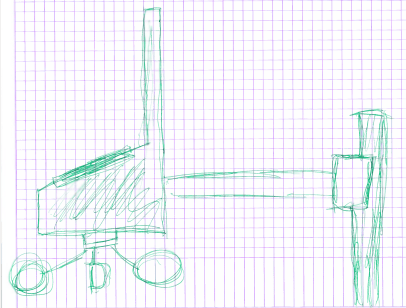


9 thoughts on “ It's back to school! »
Congratulations Nicolas, I'm glad to see that you're back with lots of new ideas!
I too was a sailing instructor 15 years ago and I know the rhythm of summer… yet you were able to multitask on the Boyardville beach!
We are waiting impatiently for the rest, I am sure that many of us will be able to help you for the rest of the Pioupiou adventure.
There's everything good in these news… it's well said, it's thoughtful despite a non-extendable schedule, it's inventive, brief and definitely "Bac plus zero" has a future.
Finally, I can think of nothing better than to wish you… GOOD WINDS!!
Hello,
I'm a XNUMX-year-old electro-mechanic in the industry and above all, an admirer of free flight. I congratulate you on the remarkable quality of your technical and scientific work. As I am also passionate about scientific, aeronautical and space research, I can only encourage you to persevere on your path to creating a mini weather beacon manufacturing business.
That said, without wanting to put a damper on your enthusiasm as a brilliant inventor, I would like to share with you the damper of my skepticism. Indeed, suppose that in absolute terms, you manage to develop a "solid-state" ultra-mini very precise and reliable wind vane-anemometer, which consumes almost nothing, which is indestructible or even indestructible and that each hilltop in be equipped.
Your Pioupiou weather beacons will only perform instantaneous measurements which can be weighted with its previous measurements stored in memory.
However, this will always be equivalent to giving the results of the Tiercé du PMU after the finish of the horse race! In other words, your invention will never answer the main question that all pilots in the world ask themselves, in order to know in time where to leave in order to be able to fly. Namely: what will be the direction and strength of the wind tomorrow and also, will it be sunny enough?
So, I want to remind you that what is most important is the weather FORECAST, and not the instantaneous measurement which only confirms or invalidates the forecasts. However, in terms of measurement, we can say that there is already redundancy.
From experience, I have found that France Isère weather forecasts are reliable enough to meet the needs of pilots, because it is the sunshine, wind direction and wind speed forecasts from Météo France Isère that allow me to to know in advance where the free flight will be practiced to be able to watch them fly away and evolve in the air.
Congratulations on your work and greetings.
not really agree you need both… forecasts and instantaneous measurements. This is the principle of FFVL weather beacons. Living in Grenoble, my preparation for the paragliding flight day takes place as such: The day before and the morning consultation of the forecasts, the same day see an hour before consultation of the beacons with history to choose the site where I will fly (and the webcams also to know if it flies). The forecasts give an idea of the overall trend of the day, the beacons indicate if the takeoff is windy and that I don't have to stick around the climb to the takeoff for nothing.
small example of today, the forecast announces North 15km/h… nice I'm going to Villard de Lans or St Hilaire…. small passage on the site of the FFLV beacons and webcams of the decorations (instantaneous measurements locally), wind at North-East deco, confirmed with other beacons in the region 🙁 and no one at St Hilaire deco on the webcam… well, we'll fly elsewhere or we'll do something else.
Here is for me the interest of the beacons… the forecasts it is necessary to leave that to the sounding balloons and the satellites.
Always a pleasure to read you! And all snowkiters will welcome your idea with enthusiasm given the reliability of current resorts in winter.
To join Anonymous' comments above, wouldn't it be interesting to keep stations that meet WMO standards so that their data can be used as input to weather models in the future?
http://www.meteofrance.fr/activites/ameliorer-les-previsions-meteorologiques/des-observations-plus-nombreuses-et-plus-fines
Bonjour.
You forget, my dear Anonymous (the author of the post of September 7, 2014 17:07 p.m.), that one of the sine qua non conditions for obtaining a reliable forecast is to obtain a good quality calculation initialization field. This is where, in my opinion, the Pioupious can be useful.
Congratulations Nicolas for your dynamism and your ideas… I followed the PiouPious adventure with great pleasure and I can't wait to read the rest!
Nicolas, have you considered a semi-static version with a Pitot tube?
a tube instead of the propeller:
http://www.accuweather.com/en/weather-blogs/clarkb/instrumentation/14828
http://www.accuweather.com/en/weather-blogs/clarkb/instrumentation-1/15065
Or the 3D version (but already patented):
http://www.energyresourcegroup.io/windurchin/
Congratulations for this project and your approach 🙂
PS: I discovered Piou-pou at the Coupe Icare this year.